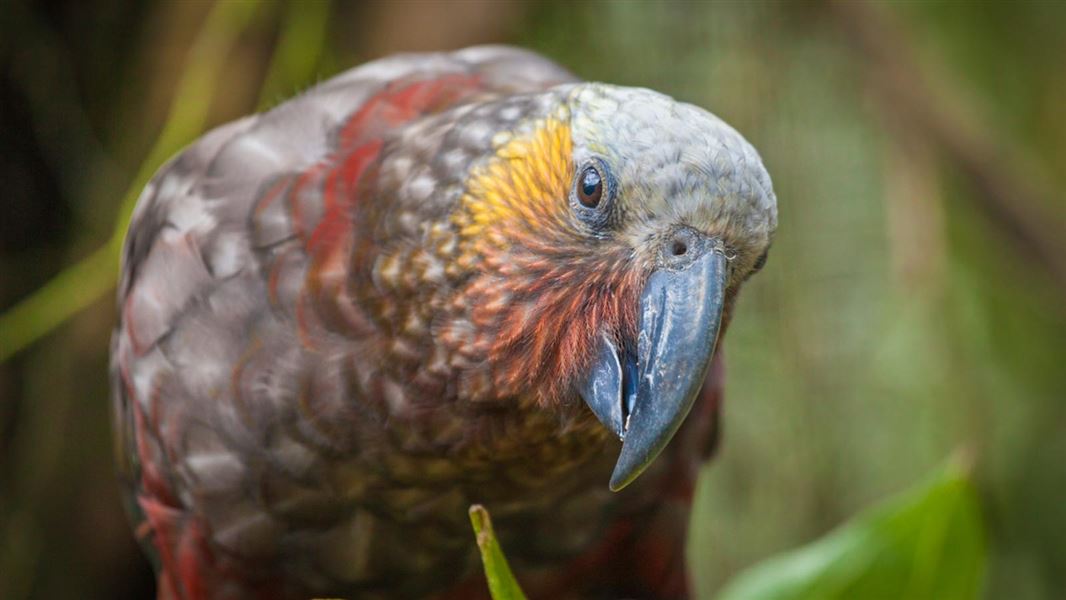Archived content: This media release was accurate on the date of publication.
Date: 11 April 2020 Source: Office of the Minister of Conservation
“We have a biodiversity crisis around the world and in New Zealand which is why in 2018 the Government delivered the biggest boost to Department of Conservation funding in decades,” Eugenie Sage said.
“This has enabled DOC to undertake its biggest ever predator control programme ‘Tiakina Ngā Manu’ over more than 800,000 hectares of conservation land to ensure our unique native forests and wildlife can thrive.
“Large flocks of South Island kākā with more than 30 juveniles in Fiordland’s Eglinton valley show kākā are thriving and their population is rebounding as a result of ongoing predator control.
“Monitoring has now shown an effective decline in the numbers of rats at more than three quarters of the sites.
“The ratio of one female kākā for every 1.4 males in the Eglinton Valley is also a sign of a healthy population.
“Without predator control, many female kākā are killed in their nest holes causing a male-skewed population. Ratios as low as one female for every 5.7 males have been recorded in areas without predator control.
“Last year was also what is known as a mast year where there is a big increase in trees dropping their fruits to the forest floor, providing spikes in predator populations who thrive on these until they run out – then they turn on native species, making this predator control work even more important.
“Orange-fronted kākāriki, rock wren, kiwi, kea, kākā, mohua/yellowhead, whio/blue duck and pekapeka/bats have also benefited from predator control,” Eugenie Sage said.
During COVID-19 Alert Level 4 when the nation stays home to save lives, DOC remains an essential service but with most operations including predator control on hold, with critical wildlife welfare work continuing.
Background information
DOC's Tiakina Ngā Manu predator control programme uses the best tools in the tool box with aerial control and large-scale trapping to protect native birds, bats, frogs, lizards and giant land snails at the most important conservation sites across the country.
As part of its 2019/20 response to the mega mast DOC has completed predator control over 848,635 ha with aerial operations covering 782,409 ha and trapping and other ground control covering over 66,226 ha.
In 2018, the Government approved $81.28 million in funding over four years to suppress predators in specific areas, protect and increase biodiversity on offshore islands, and develop better predator control methods and tools.
In 2019, through the Provincial Growth Fund, the Government invested a further $16 million in Predator Free 2050 Limited to expand predator control in regional New Zealand, and a further $3.5 million to fund development of new products which reduce the need for repeated 1080 use.
DOC has now paused its predator control operations to focus on supporting New Zealand’s COVID-19 response under alert level 4 and ensure staff and contractors can be at home. DOC is busy planning its Tiakina Ngā Manu programme for 2020/2021, working with iwi and hapū Treaty partners and consulting stakeholders and local communities by phone and skype.
Contact
For media enquiries contact:
Email: media@doc.govt.nz
